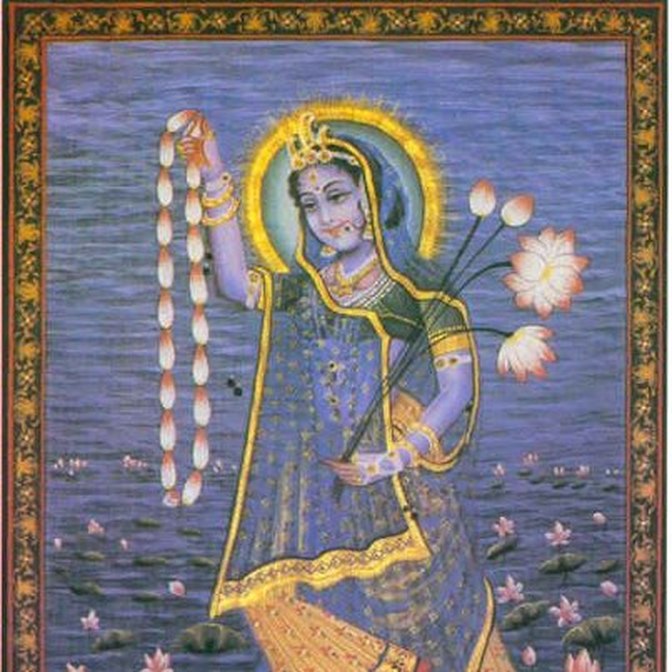Discover the brave journey of Jujhar Singh, second son of Guru Gobind Singh. His fearless fight at Chamkaur left a lasting legacy. Learn more!
Explore the legends of the Yamuna, where saints, Krishna, and divine incarnations shaped its sacred history. Uncover its mythological roots!
Explore the heroic life of Tilok Singh, a devoted disciple of Guru Gobind Singh and ancestor of Phulkian dynasties. Learn about his influence and legacy.
Explore the unique history of the Trehan Khatris, part of the Sarin group in Punjab, known for their ancient legends and cultural significance.
Discover Ujjal Singh's journey from a tradesman's son to a pivotal figure in Indian politics and finance, shaping history with expertise and dedication.



